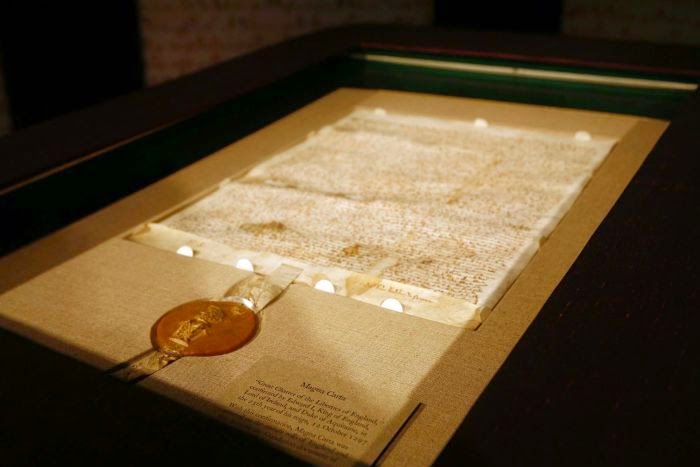Merry Wanderer of the Night:
Western Europe
UK: British Museum considers more ‘Elgin Marbles’ loans
UK: Medieval coin hoard found in farmer's field

UK: Archaeologists slam Stonehenge tunnel plan

UK: Christie’s artefacts linked to organised crime

UK: New light for old master paintings

UK: Court examines Libyan sculpture at British Museum

UK: Call for Stonehenge access ban to prevent damage

Thailand: Chinese art stolen from French castle

UK: Storm washes Armada wreckage on to Sligo beach

UK: Illegal 'nighthawkers' damage Hadrian's Wall

UK: Magna Carta originals reunited for anniversary

